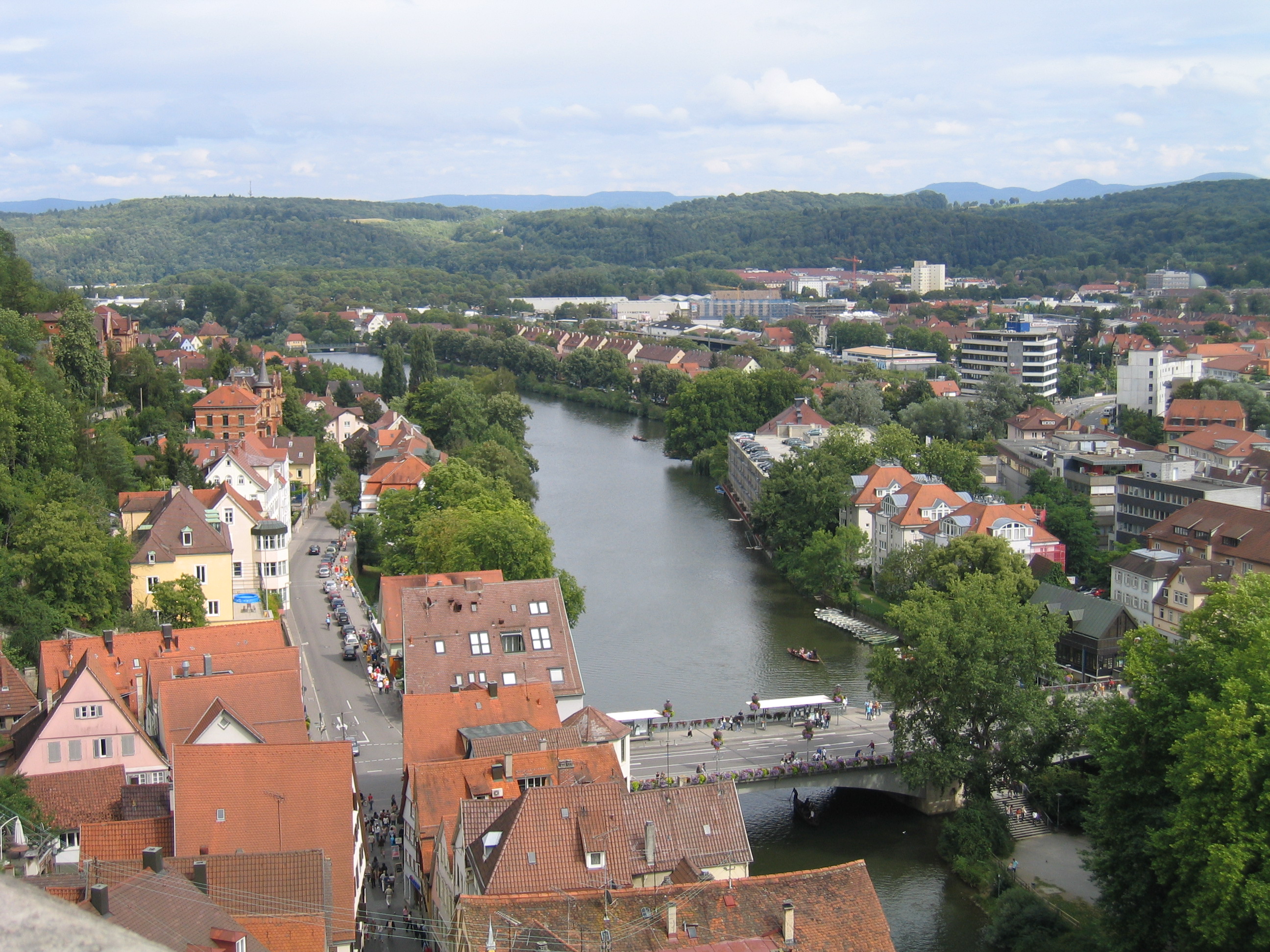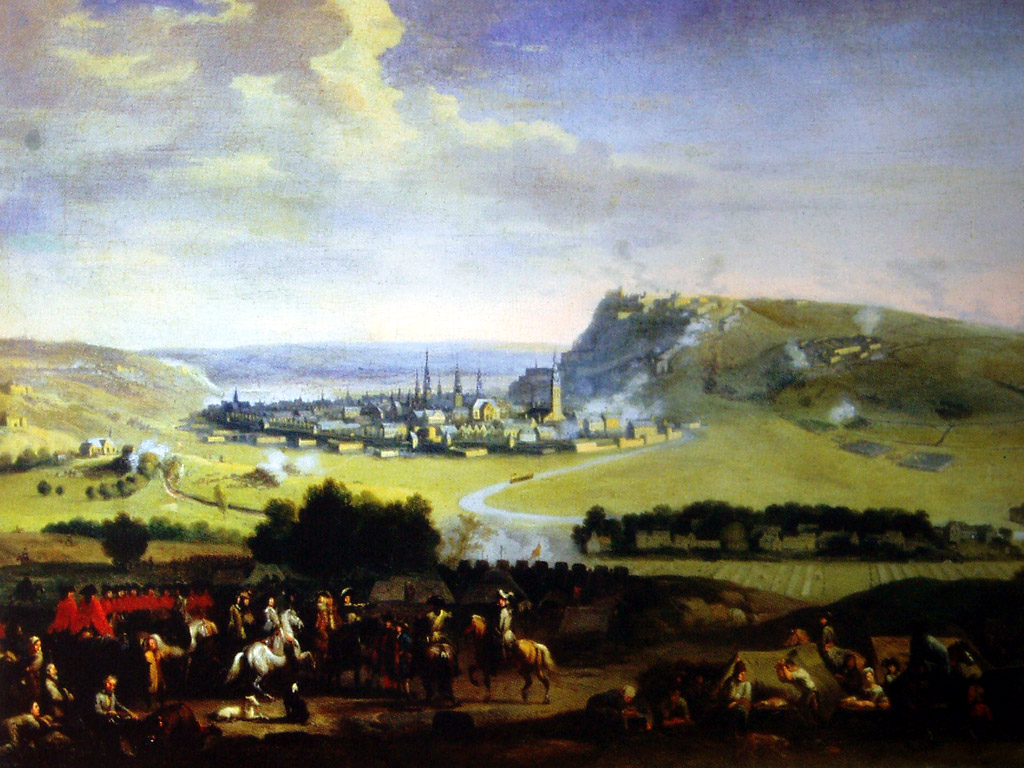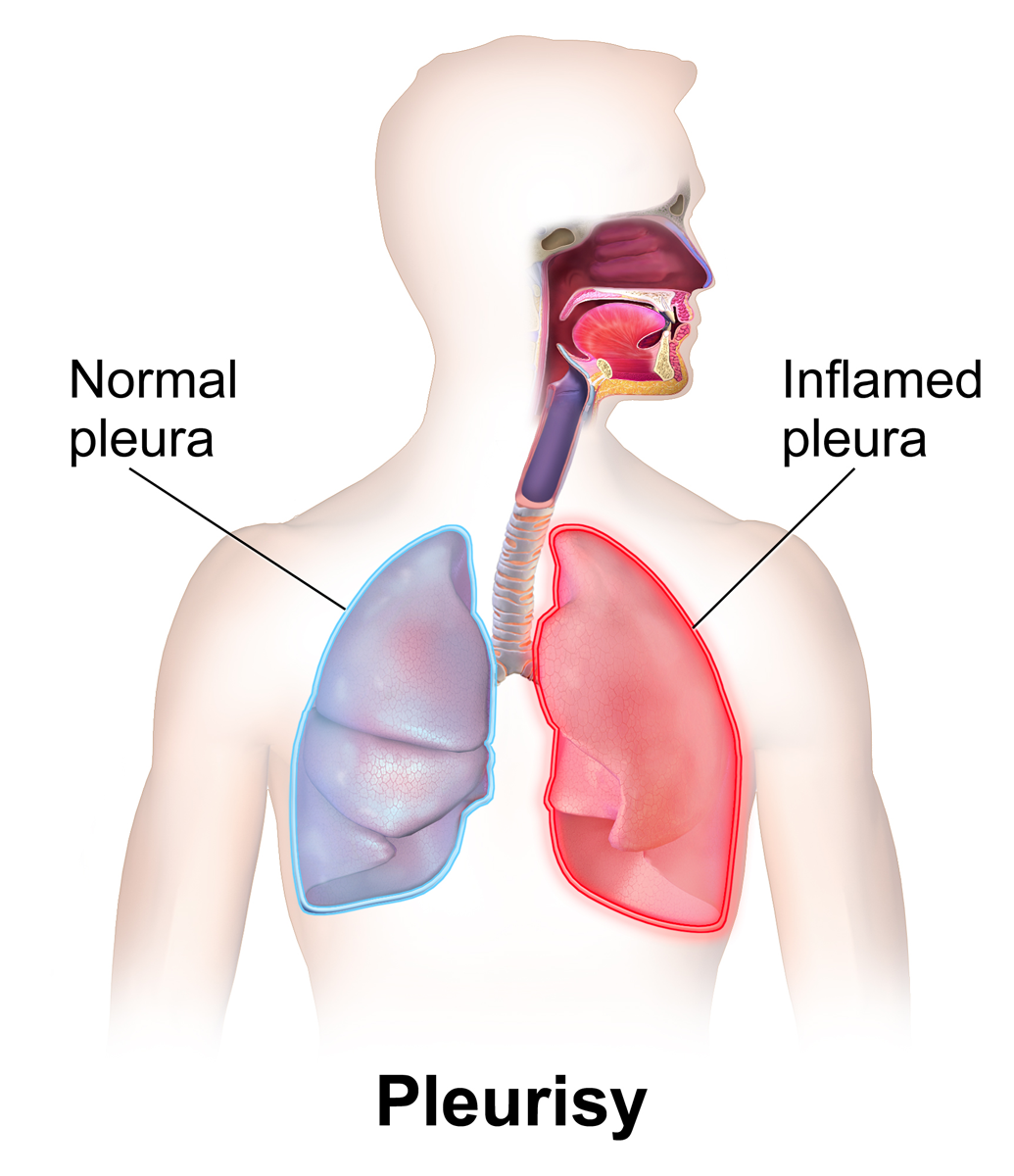|
Elias Rudolph Camerarius Sr.
Elias Rudolph Camerarius Sr. (May 7, 1641 – June 7, 1695) was a professor of medicine who notably wrote books on the palpitations of the heart, pleurisy, skull fractures, and the use of medicinal plants. He obtained his Doctor of Medicine in 1663 at the University of Tübingen. He is the father of Elias Rudolph Camerarius Jr. and Rudolf Jakob Camerarius Rudolf Jakob Camerarius or Camerer (12 February 1665 – 11 September 1721) was a German botanist and physician. Life Camerarius was born at Tübingen, and became professor of medicine and director of the botanical gardens at Tübingen in 1687 .... References * * ''Allgemeine Deutsche Biographie,'' Duncker & Humblot, 1967-1971 Reprint, vol. 3, p. 719. * ''Biographisches Lexikon der hervorragenden Ärzte,'' Urban & Schwarzenberg, 1962, vol. 1, p. 808. * ''Michaud Biographie Universelle,'' (2nd Ed.), Delagrabe, 1843–1865, vol. 6, p. 474. {{DEFAULTSORT:Camerarius, Elias Rudolph 1641 births 1695 deaths ... [...More Info...] [...Related Items...] OR: [Wikipedia] [Google] [Baidu] |
Tübingen
Tübingen (; ) is a traditional college town, university city in central Baden-Württemberg, Germany. It is situated south of the state capital, Stuttgart, and developed on both sides of the Neckar and Ammer (Neckar), Ammer rivers. about one in three of the 90,000 people living in Tübingen is a student. As of the 2018/2019 winter semester, 27,665 students attend the University of Tübingen, Eberhard Karl University of Tübingen. The city has the lowest median age in Germany, in part due to its status as a university city. As of December 31, 2015, the average age of a citizen of Tübingen is 39.1 years. Immediately north of the city lies the Schönbuch, a densely wooded nature park. The Swabian Alb mountains rise about (beeline Tübingen City to Roßberg - 869 m) to the southeast of Tübingen. The Ammer and Steinlach rivers are Tributary, tributaries of the Neckar river, which flows in an easterly direction through the city, just south of the Middle Ages, medieval old town. La ... [...More Info...] [...Related Items...] OR: [Wikipedia] [Google] [Baidu] |
Skull Fracture
A skull fracture is a break in one or more of the eight bones that form the cranial portion of the skull, usually occurring as a result of blunt force trauma. If the force of the impact is excessive, the bone may fracture at or near the site of the impact and cause damage to the underlying structures within the skull such as the membranes, blood vessels, and brain. While an uncomplicated skull fracture can occur without associated physical or neurological damage and is in itself usually not clinically significant, a fracture in healthy bone indicates that a substantial amount of force has been applied and increases the possibility of associated injury. Any significant blow to the head results in a concussion, with or without loss of consciousness. A fracture in conjunction with an overlying laceration that tears the epidermis and the meninges, or runs through the paranasal sinuses and the middle ear structures, bringing the outside environment into contact with the cranial ca ... [...More Info...] [...Related Items...] OR: [Wikipedia] [Google] [Baidu] |
17th-century German Physicians
The 17th century lasted from January 1, 1601 (represented by the Roman numerals MDCI), to December 31, 1700 (MDCC). It falls into the early modern period of Europe and in that continent (whose impact on the world was increasing) was characterized by the Baroque cultural movement, the latter part of the Spanish Golden Age, the Dutch Golden Age, the French ''Grand Siècle'' dominated by Louis XIV, the Scientific Revolution, the world's first public company and megacorporation known as the Dutch East India Company, and according to some historians, the General Crisis. From the mid-17th century, European politics were increasingly dominated by the Kingdom of France of Louis XIV, where royal power was solidified domestically in the civil war of the Fronde. The semi-feudal territorial French nobility was weakened and subjugated to the power of an absolute monarchy through the reinvention of the Palace of Versailles from a hunting lodge to a gilded prison, in which a greatly expanded ro ... [...More Info...] [...Related Items...] OR: [Wikipedia] [Google] [Baidu] |
1695 Deaths
Events January–March * January 7 (December 28, 1694 O.S.) – The United Kingdom's last joint monarchy, the reign of husband-and-wife King William III and Queen Mary II comes to an end with the death of Queen Mary, at the age of 32. Princess Mary had been installed as the monarch along with her husband and cousin, Willem Hendrik von Oranje, Stadtholder of the Dutch Republic, in 1689 after King James II was deposed by Willem during the "Glorious Revolution". * January 14 (January 4 O.S.) – The Royal Navy warship HMS ''Nonsuch'' is captured near England's Isles of Scilly by the 48-gun French privateer ''Le Francois''. ''Nonsuch'' is then sold to the French Navy and renamed ''Le Sans Pareil''. * January 24 – Milan's Court Theater is destroyed in a fire. * January 27 – A flotilla of six Royal Navy warships under the command of Commodore James Killegrew aboard HMS ''Plymouth'' captures two French warships, the ''Content'' and the ''Trident'', the day after th ... [...More Info...] [...Related Items...] OR: [Wikipedia] [Google] [Baidu] |
1641 Births
Events January–March * January 4 – The stratovolcano Mount Parker in the Philippines has a major eruption. * January 14 – The Battle of Malacca concludes with the Dutch East India Company ending Portuguese control of Malacca. * January 18 – The Junta de Braços (council of Estates) of the Principality of Catalonia, led by Pau Claris, accepts the proposal to establish the Catalan Republic under French protection. * February 16 – King Charles I of England gives his assent to the Triennial Act, reluctantly committing himself to parliamentary sessions of at least fifty days, every three years. * March 7 – King Charles I of England decrees that all Roman Catholic priests must leave England by April 7 or face being arrested and treated as traitors. * March 22 – The trial for high treason begins for Thomas Wentworth, 1st Earl of Strafford, director of England's Council of the North. * March 27 **The Battle of Pressnitz begins be ... [...More Info...] [...Related Items...] OR: [Wikipedia] [Google] [Baidu] |
Elias Rudolph Camerarius Jr
Elias ( ; ) is the hellenized version for the name of Elijah (; ; , or ), a prophet in the Northern Kingdom of Israel in the 9th century BC, mentioned in several holy books. Due to Elias' role in the scriptures and to many later associated traditions, the name is used as a personal name in numerous languages. Variants * Éilias Irish * Elia Italian, English * Elias Norwegian * Elías Icelandic * Éliás Hungarian * Elías Spanish * Eliáš, Elijáš Czech * Elijah, Elia, Ilyas, Elias Indonesian * Elias, Eelis, Eljas Finnish * Elias Danish, German, Swedish * Elias Portuguese * Elias, Iliya () Persian * Elias, Elis Swedish * Elias, Elyas (ኤሊያስ) Ethiopian * Elias, Elyas Philippines * Eliasz Polish * Élie French * Elija Slovene * Elijah English, Hebrew * Elis Welsh * Elisedd Welsh * Eliya (එලියා) Sinhala * Eliyas (Ілияс) Kazakh * Eliyahu, Eliya (אֵלִיָּהוּ, אליה) Biblical Hebrew, Hebrew * Elyās, Ilyās, Eliya (, ) Arabic * Elliot, ... [...More Info...] [...Related Items...] OR: [Wikipedia] [Google] [Baidu] |
Doctor Of Medicine
A Doctor of Medicine (abbreviated MD, from the Latin language, Latin ) is a medical degree, the meaning of which varies between different jurisdictions. In the United States, and some other countries, the ''MD'' denotes a professional degree of physician. This generally arose because many in 18th-century medical professions trained in Scotland, which used the MD degree nomenclature. In England, however, Bachelor of Medicine, Bachelor of Surgery (MBBS) was used: in the 19th century, it became the standard in Scotland too. Thus, in the United Kingdom, Republic of Ireland, Ireland and other countries, the MD is a research doctorate, honorary degree, honorary doctorate or applied clinical degree restricted to those who already hold a professional degree (Bachelor's/Master's/Doctoral) in medicine. In those countries, the equivalent professional degree to the North American, and some others' usage of MD is still typically titled Bachelor of Medicine, Bachelor of Surgery. History The fi ... [...More Info...] [...Related Items...] OR: [Wikipedia] [Google] [Baidu] |
Medicinal Plant
Medicinal plants, also called medicinal herbs, have been discovered and used in traditional medicine practices since prehistoric times. Plants synthesize hundreds of chemical compounds for various functions, including Plant defense against herbivory, defense and protection against insects, fungi, Plant disease resistance, diseases, against parasites and herbivorous mammals. The earliest historical records of herbs are found from the Sumerian civilization, where hundreds of medicinal plants including opium are listed on clay tablets, . The Ebers Papyrus from ancient Egypt, , describes over 850 plant medicines. The Greek physician Pedanius Dioscorides, Dioscorides, who worked in the Roman army, documented over 1000 recipes for medicines using over 600 medicinal plants in , ; this formed the basis of pharmacopoeias for some 1500 years. Drug research sometimes makes use of ethnobotany to search for pharmacologically active substances, and this approach has yielded hundreds of use ... [...More Info...] [...Related Items...] OR: [Wikipedia] [Google] [Baidu] |
Pleurisy
Pleurisy, also known as pleuritis, is inflammation of the membranes that surround the lungs and line the chest cavity (Pulmonary pleurae, pleurae). This can result in a sharp chest pain while breathing. Occasionally the pain may be a constant dull ache. Other symptoms may include shortness of breath, cough, fever, or weight loss, depending on the underlying cause. Pleurisy can be caused by a variety of conditions, including viral or bacterial infections, autoimmune disorders, and pulmonary embolism. The most common cause is a viral infection. Other causes include bacterial infection, pneumonia, pulmonary embolism, autoimmune disorders, lung cancer, following heart surgery, pancreatitis and asbestosis. Occasionally the cause remains unknown. The underlying mechanism involves the rubbing together of the pleurae instead of smooth gliding. Other conditions that can produce similar symptoms include pericarditis, myocardial infarction, heart attack, cholecystitis, pulmonary embolism ... [...More Info...] [...Related Items...] OR: [Wikipedia] [Google] [Baidu] |
Germany
Germany, officially the Federal Republic of Germany, is a country in Central Europe. It lies between the Baltic Sea and the North Sea to the north and the Alps to the south. Its sixteen States of Germany, constituent states have a total population of over 84 million in an area of , making it the most populous member state of the European Union. It borders Denmark to the north, Poland and the Czech Republic to the east, Austria and Switzerland to the south, and France, Luxembourg, Belgium, and the Netherlands to the west. The Capital of Germany, nation's capital and List of cities in Germany by population, most populous city is Berlin and its main financial centre is Frankfurt; the largest urban area is the Ruhr. Settlement in the territory of modern Germany began in the Lower Paleolithic, with various tribes inhabiting it from the Neolithic onward, chiefly the Celts. Various Germanic peoples, Germanic tribes have inhabited the northern parts of modern Germany since classical ... [...More Info...] [...Related Items...] OR: [Wikipedia] [Google] [Baidu] |
Palpitation
Palpitations occur when a person becomes aware of their heartbeat. The heartbeat may feel hard, fast, or uneven in their chest. Symptoms include a very fast or irregular heartbeat. Palpitations are a sensory symptom. They are often described as a skipped beat, a rapid flutter, or a pounding in the chest or neck. Palpitations are not always the result of a physical problem with the heart and can be linked to anxiety. However, they may signal a fast or irregular heartbeat. Palpitations can be brief or long-lasting. They can be intermittent or continuous. Other symptoms can include dizziness, shortness of breath, sweating, headaches, and chest pain. There are a variety of causes of palpitations not limited to the following: Palpitation may be associated with coronary heart disease, perimenopause, hyperthyroidism, adult heart muscle diseases like hypertrophic cardiomyopathy, congenital heart diseases like atrial septal defects, diseases causing low blood oxygen such as asthma, ... [...More Info...] [...Related Items...] OR: [Wikipedia] [Google] [Baidu] |
Medicine
Medicine is the science and Praxis (process), practice of caring for patients, managing the Medical diagnosis, diagnosis, prognosis, Preventive medicine, prevention, therapy, treatment, Palliative care, palliation of their injury or disease, and Health promotion, promoting their health. Medicine encompasses a variety of health care practices evolved to maintain and restore health by the prevention (medical), prevention and treatment of illness. Contemporary medicine applies biomedical sciences, biomedical research, medical genetics, genetics, and medical technology to diagnosis (medical), diagnose, treat, and prevent injury and disease, typically through pharmaceuticals or surgery, but also through therapies as diverse as psychotherapy, splint (medicine), external splints and traction, medical devices, biologic medical product, biologics, and Radiation (medicine), ionizing radiation, amongst others. Medicine has been practiced since Prehistoric medicine, prehistoric times, and ... [...More Info...] [...Related Items...] OR: [Wikipedia] [Google] [Baidu] |






